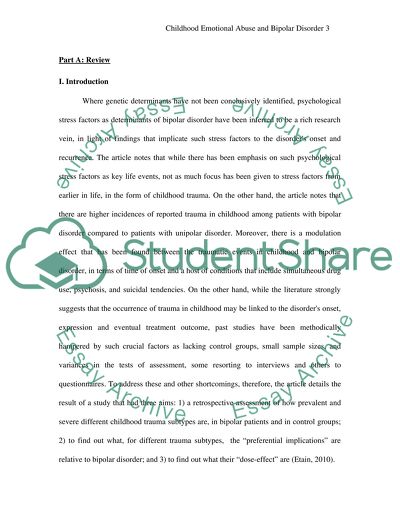Cite this document
(“Journal Article Review: 'Preferential Association Between Childhood”, n.d.)
Retrieved from https://studentshare.org/psychology/1446520-journal-article-review-preferential-association-between-childhood-emotional-abuse-and-bipolar-disorder
Retrieved from https://studentshare.org/psychology/1446520-journal-article-review-preferential-association-between-childhood-emotional-abuse-and-bipolar-disorder
(Journal Article Review: 'Preferential Association Between Childhood)
https://studentshare.org/psychology/1446520-journal-article-review-preferential-association-between-childhood-emotional-abuse-and-bipolar-disorder.
https://studentshare.org/psychology/1446520-journal-article-review-preferential-association-between-childhood-emotional-abuse-and-bipolar-disorder.
“Journal Article Review: 'Preferential Association Between Childhood”, n.d. https://studentshare.org/psychology/1446520-journal-article-review-preferential-association-between-childhood-emotional-abuse-and-bipolar-disorder.


